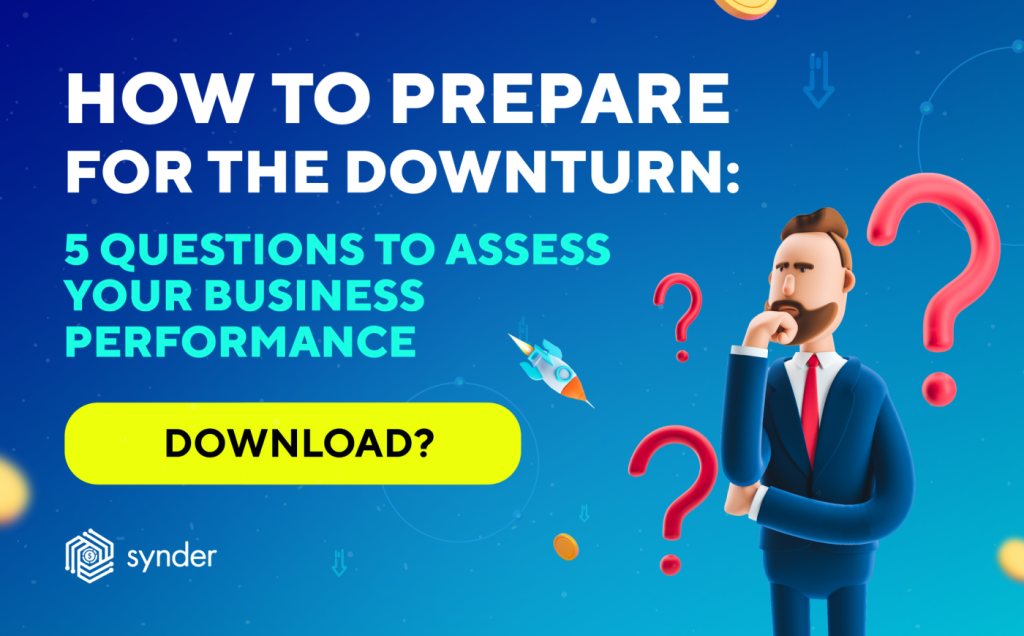Introduction
The automated accounting system is up and running, and you’re already seeing the benefits. You’ve got more control over your business’ finances than ever before, which means you can be more confident about making decisions. You’re also not wasting time on manual tasks that could be done faster with automation—time that can now be spent doing other things (like spending money on things other than accounting). But what next? Let’s dive into some of things I recommend doing after setting up your automation:
Sync your product costs
You can now sync your product costs and shipping costs with your automation.
Before we dive into the details, let’s talk about why product costs are important. Product cost is the amount of money it takes to make a product or deliver on a service. As an example, if you sold 100 t-shirts that cost $10 each then your total product cost would be $1,000.
If you’re importing products from an accounting system or inventory platform, those numbers will already be set for you and ready for syncing (or not—we’ll get into that later). If instead you’re importing from another source like an Excel spreadsheet or CSV file using the CSV importer, then this section will show how to enter those values so they can be used in automations as well.
Connect inventory
But what is inventory, exactly? Inventory is a critical component of any business. In fact, it’s probably the most important thing you have to get right to ensure your business runs smoothly. Think about it: What happens if you don’t have enough products available on hand to fill orders? You’ll start missing out on sales and customers will be unhappy with their experience shopping at your store—not exactly the kind of things that put money in your pocket!
Inventory management is key not only because fulfilling an order requires having enough stock on hand but also because keeping track of your inventory allows you to stay aware of when products are running low so that you can reorder before running out altogether. And yes—connecting inventory to an automation (like HubSpot) will help keep track of all this information for you so that nothing slips through the cracks!
Connect your payment channels
Now that you’ve connected your ecommerce business to automation, the next step is to connect all of your payment channels.
You can set up default and secondary payment methods in your automation, so when customers pay through any of your payment channels (e.g., credit card or bank transfer), it will be automatically processed as usual. You also have the option to choose a specific time for each channel to sync with the automation platform. This allows you to optimize your inventory management and reduce costs by only syncing when necessary (e.g., on payday).
Once you’ve completed this step, make sure payout settings are correct before reconciling anything else—especially if there are any changes from previous months!
Set up reporting & Insights
It’s great to see your numbers rise and fall in real time. Now you can do something about it! Let’s take a look at how reporting and insights can help you strategize around what’s working and what’s not, so you can make smart business decisions.
- Dashboards & Insights: These are tools that allow businesses to monitor performance across multiple channels (e.g., e-commerce site, mobile app store) in one place. They may provide instant access to key metrics such as number of purchases made by customers during a given period of time; percentage breakdown between first-time vs returning visitors vs repeat shoppers; average order value per customer; conversion rates by product category or search term; etc.*
- Sales & Payment Channel Data: This helps determine which marketing channels are driving sales most effectively for your business.* Financial Health: By analyzing this data together with other key performance indicators like customer lifetime value (CLV), number of repeat customers/purchases per year etc., we can quickly identify opportunities within our business model – such as increasing the number of new customers each month through social media campaigns – which will increase revenue over time if implemented properly.*
Accounting automation set up and connected to your accounting system, increased accuracy, saved time and money, and gave you more control over your business’ finances. Now’s a good time to celebrate!
You did it! You’ve connected your ecommerce business to automation. Now what?
Well, first of all, let’s celebrate! Take a break from the computer and enjoy a glass of bubbly. You deserve it. You’ve made decisions about where you want to automate and how you want to set up those automations that will save time, money, and give you more control over your business’ finances. Cheers!
But wait… there’s more! It might seem like the work is done but this is only the beginning of optimizing your store by implementing/integrating an accounting system into your workflow.
With these two systems integrated together, they’ll operate in harmony—saving time on data entry tasks while providing actionable insights into how well (or not) sales are going for each product category or SKU at any given moment in time which means better inventory management decisions can be made based off actuals vs estimated numbers which leads us back around full circle: saving both time AND money all while making sure nothing falls through the cracks when processing payments from customers who bought something from your site today through Facebook ads tomorrow night… Yup… we’re talking about 24/7 accountability here friends!
Conclusion
Once you’ve set up your automation and connected it to your accounting system, you’re ready to reap the benefits. You’ll have increased accuracy, saved time and money, and given yourself more control over your business’ finances. With automation, there’s no need to worry about making mistakes. You can focus on growing your business instead!








.png)
